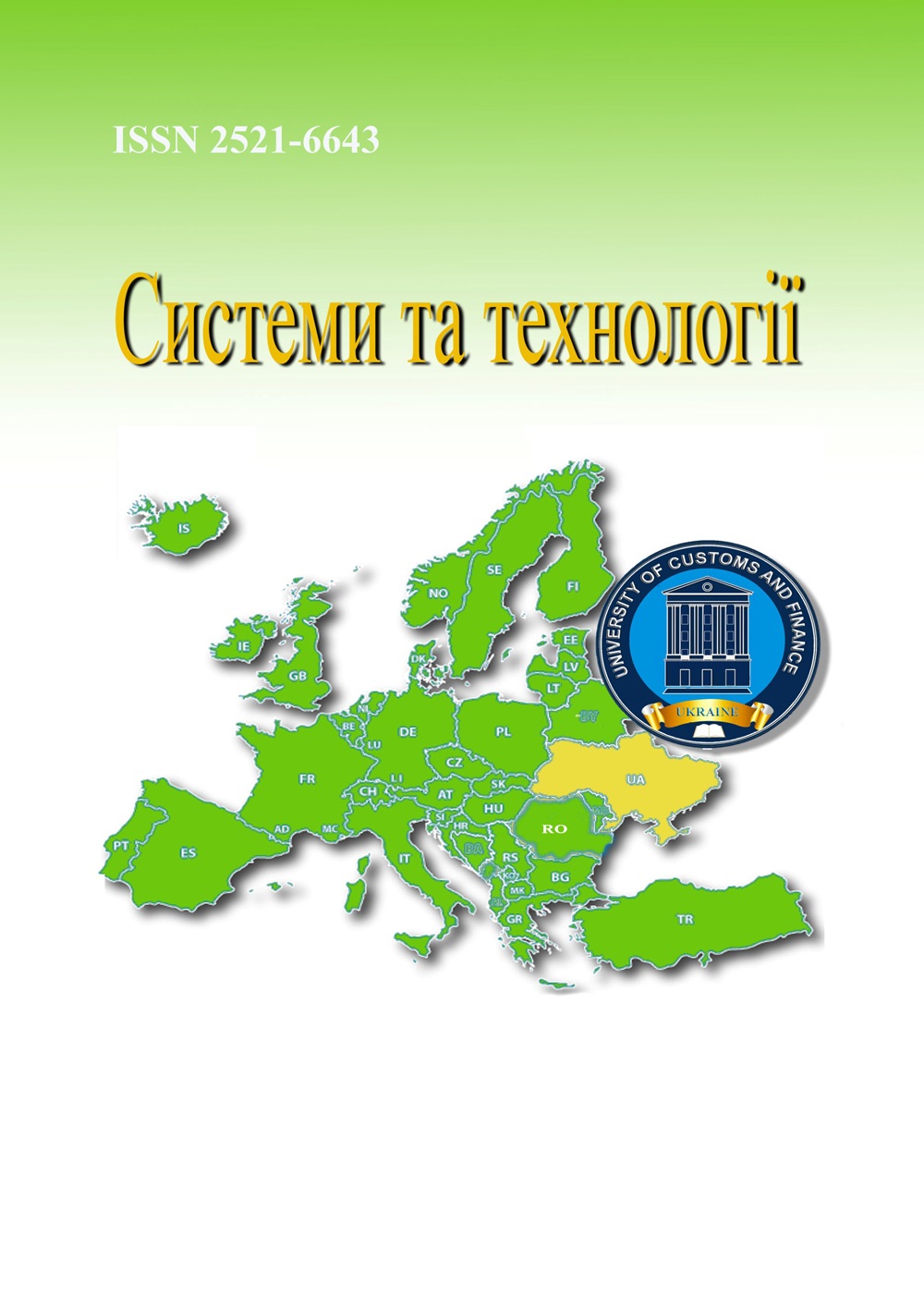COMPUTER VISION-BASED APPROACH TO PARKING SPACE AVAILABILITY DETECTION
Abstract
The increasing number of vehicles in urban areas places significant pressure on infrastructure, exacerbating the problem of parking space shortages and causing congestion, elevated air pollution levels, and significant time losses for drivers searching for available spaces. In central areas of large cities, the inefficient distribution and utilization of parking resources is particularly critical. Traditional parking management methods often fail to address dynamic demand fluctuations and lack capabilities for real-time information updates. Moreover, existing sensor-based solutions are associated with high installation and maintenance costs, limiting their scalability and adoption.To address these challenges, this paper presents a vision-based approach for real-time parking space availability detection, utilizing modern computer vision and deep learning technologies. The developed system leverages a pretrained YOLO (You Only Look Once) model, adapted and optimized for the detection of vehicles within parking environments based on live video streams. For accurate space monitoring, a geometric analysis of predefined regions of interest (ROIs) is implemented to match detected vehicles to specific parking spots and determine their occupancy status. A flexible, user-friendly graphical user interface (GUI) has been developed using the PySide6 framework, providing realtime visualization of parking status, dynamic highlighting of available or occupied spaces, and interactive features for space assignment and guidance. An integrated ROI editor allows administrators to define and adjust parking layouts directly within the interface, facilitating rapid deployment and adaptation across various parking facility geometries. Configuration management via YAML files ensures system flexibility, supporting adjustable detection thresholds, resource paths, and modular scalability.The system has been validated on test video datasets, demonstrating robust performance in detecting vehicles under different lighting and environmental conditions. It provides accurate, dynamic updates of parking space availability, significantly reducing the time drivers spend searching for parking, improving traffic flow, and contributing to the reduction of fuel consumption and associated emissions.The proposed approach advances the automation of urban parking management, aligning with the broader Smart City initiatives focused on enhancing the sustainability and livability of urban spaces. Furthermore, the modular architecture of the developed platform allows future extensions, including the integration of reservation systems, payment processing, license plate recognition (LPR) modules, and advanced analytics for predictive occupancy modeling.The vision-based solution offers a cost-effective, scalable, and flexible alternative to traditional parking monitoring systems, positioning itself as a promising technological foundation for next-generation intelligent parking infrastructures.
References
2. Чорнобривець Д. В., Поперешняк С.В. Автоматизована система доступу до зарядних станцій для електромобілів з використанням блокаторів паркувальних місць. Сучасні аспекти діджиталізації та інформатизації в програмній та комп’ютерній інженерії: Матеріали ІІ Міжнародної науково-практичної конференції, м. Київ, 2-3 грудня 2024 р. С. 147-150
3. Sriramdharnish K., Arun R., Parvin Raj R, Haseeb Batcha H., Sanjay A. Vision Park – Next Gen Computer Vision for Efficient Parking Space Monitoring. International Conference on Emerging Research in Computational Science (ICERCS). Coimbatore, India. 2024. 1-6. DOI: https://doi.org/10.1109/ICERCS63125.2024. 10895085.
4. Sujitha B., Ponraj A., Parabrahmachari S., Hyma Lakshmi T., Annamani T. Video Based Car Parking Management and Monitoring Using Computer Vision and Machine Learning. International Conference on Multi- Agent Systems for Collaborative Intelligence (ICMSCI). Erode, India. 2025. 1204-1208. DOI: https://doi.org/10.1109/ICMSCI 62561.2025.10893979.
5. Bachtiar M., Besari A., Lestari A. Parking Management by Means of Computer Vision. Third International Conference on Vocational Education and Electrical Engineering (ICVEE). Surabaya, Indonesia. 2020. 1-6. DOI: https://doi.org/ 10.1109/ICVEE50212.2020.9243264.
6. Giampaoli L., Hessel F. Parking Space Occupancy Monitoring System Using Computer Vision and IoT. 7th World Forum on Internet of Things (WF-IoT). New Orleans, LA, USA. 2021. 7-12. DOI: https://doi.org/10.1109/ WF-IoT51360.2021. 9595935.
7. H. Lee, Chatterjee I., Cho G. Enhancing Parking Facility of Container Drayage in Seaports: A Study on Integrating Computer Vision and AI. 6th International Conference on Knowledge Innovation and Invention (ICKII). Sapporo, Japan. 2023. 384-387. DOI: https://doi.org/10.1109/ICKII58656.2023.10332699.
8. Popereshnyak S., Yurchuk I. Car Parking Data Processing Technique for Smart Parking System as Part of Smart City. Lecture Notes in Computational Intelligence and Decision Making. ISDMCI. Advances in Intelligent Systems and Computing. 2021. vol 1246. DOI: https://doi.org/10.1007/978-3-030-54215-3

 ISSN
ISSN 




